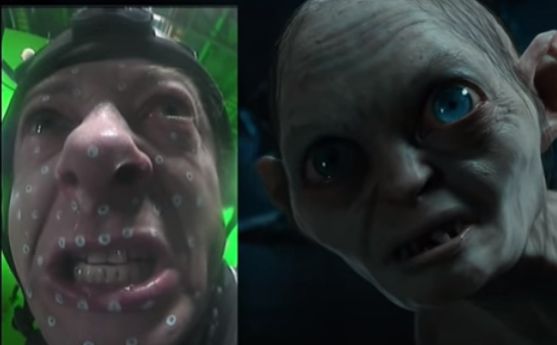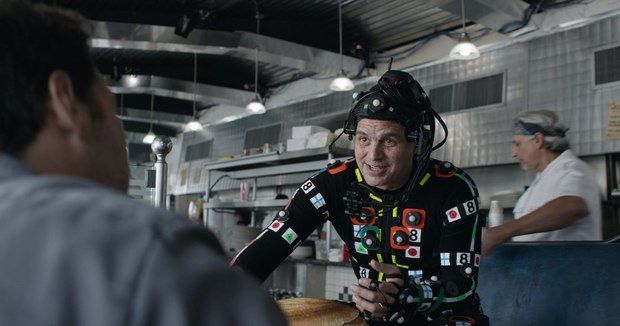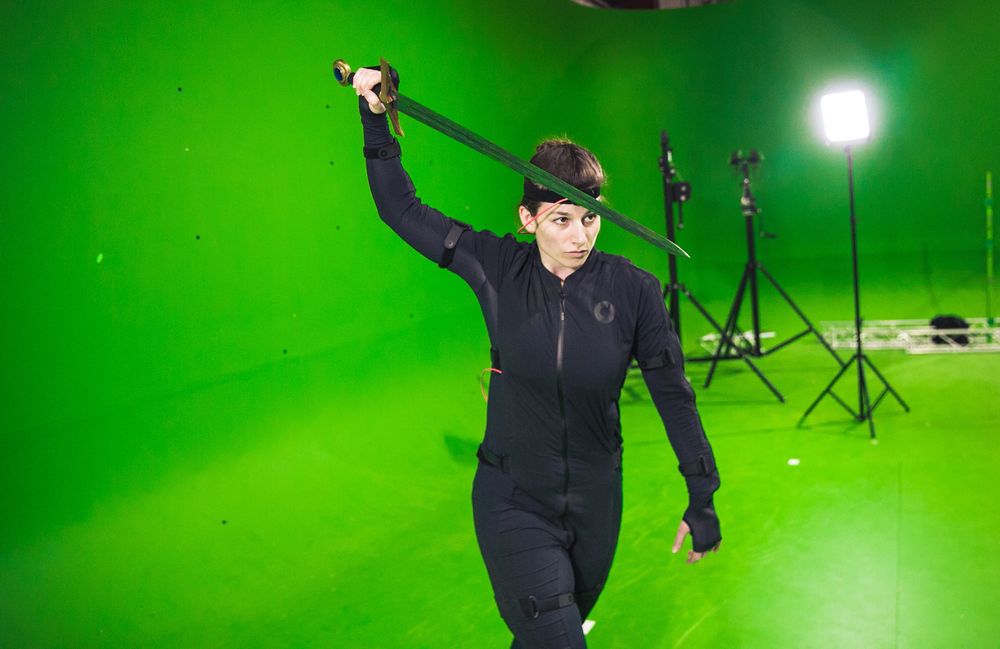.jpg)
Motion trackers are devices that use sensors and software to track the movement of objects in three-dimensional space. There are a variety of different motion trackers on the market, each with unique capabilities. In this blog post, we'll look at the different types of motion trackers and discuss how they can be used for creative purposes. We'll also provide tips on choosing the right motion tracker for your needs.
What are motion trackers?
Motion trackers are devices that track the movement of objects. By analyzing the data collected, these trackers provide valuable insights, such as the location of objects and people, the speed and direction of their movement, and whether or not they collide with other entities. They can track the movements of people, animals, or objects.
What can you use motion trackers for?
Motion trackers are used for a wide range of applications, from monitoring traffic flow to tracking the motion of athletes. In the last few decades, motion tracking technology has become increasingly popular to control video games and virtual reality experiences. Game developers and filmmakers extensively use it to speed up the animation workflow. There are some real-world applications of motion tracking, such as a head tracker that can recognize and count populations, sports trackers that can interpret muscle deficiencies, eye trackers for security unlocks, and more. Even heart rates can be tracked using a particular type of optical tracker.
How do motion trackers work?
There are two types of motion trackers:
- Inertial motion tracking is based on the principle of inertial force, which is the resistance of an object to large or small changes in its velocity. It requires a sensor to be physically placed on the point it’s tracking. The sensor will then track that point in three-dimensional space.
- Optical motion tracking uses light to track points or the movement of objects (in other words, a camera sensor will use light to track the placement of an object). It is often used in video surveillance and gaming applications.
Motion trackers can be used indoors or outdoors, and they come in various shapes and sizes.
How do you use inertial motion trackers (IMU)?
Inertial motion trackers will contain multiple sensors that track that point's inertial movement unit (IMU) with three accelerometers and three gyroscopes. When you’ve got a system of numerous trackers placed strategically on every moving body part, you can finely track someone's body movements. Inertial motion tracking offers the best of both worlds; it’s affordable yet accurate. However, remember that it can only track a certain amount of movement across a surface. It can’t, for example, track your facial expressions (another type of tracking technology is needed), but it can track your head movements. Mocap suits can be used to record tracked subject walks that can be used for anything from clinical studies to game animations.
Inertial motion trackers come as wearable devices such as motion capture suits. These mocap suits contain strategically placed sensors that will accurately interpret motion data. Solutions like the Vive trackers and Vive controller require you set up individual body sensors and base stations to translate human movements into virtual reality accurately. Typically, inertial motion capture is used:
- In virtual reality, that includes user interactions
- To animate humanoid characters in games
- To quickly block out motion for previs
- To live stream motion onto a digital character
- As a source of quality animation for indie creators
- As a way for film studios to speed up the animation workflow.
- As an activity tracker for sports analysis
How do you use optical motion trackers?
Optical motion trackers use cameras to interpret movement data. Perhaps you’ve seen actors on a green screen covered in colored patches or yellow dots? That would be a good example of how optical motion capture was initially developed. Today, we have vastly more sophisticated systems that don’t require tracking markers to get the best results.

Today, any camera — even a webcam — can interpret human motion and translate it into basic motion capture data. Tools like Animaze and VUP do this pretty effectively. Apple’s TrueDepth Camera (on an iPhone X and higher) uses its ARKit to track motion more accurately. Many facial tracking apps, such as Rokoko Remote, use the ARKit to track motion using just an iPhone. On the high-end, motion capture camera solutions can get incredibly complex and expensive — but the results they deliver impressively lifelike results. A common trend has been to capture highly accurate facial data using a setup of multiple cameras that all feed sensor data into a specialist software program such as Optitrack.


Other options, such as Polhemus’ Viper, can track motion incredibly fast with a Hz sampling rate of 960. This motion sensor isn’t for capturing animation data but instead has applications in security, medical simulation, robotics, and manufacturing environments. Optical motion capture is best suited for:
- Feature films that require a high level of animation detail
- Tracking of multiple people across large areas
- Advanced facial tracking
- Tracking of moving objects
Your four options when it comes to motion tracking
1. Body motion capture suits & accessories
Motion capture suits are incredibly versatile. They give you complete freedom to track someone’s motion from anywhere. Mocap suits are even light enough to go into a suitcase. Each solution requires proprietary software and plugins, which are usually free or purchased as an add-on. You can also pick up accessories like mocap gloves that track finger movement. Mocap suits are suitable for professional use in almost any kind of project. Check out how they’ve been used by indie creators, game developers, and advertising agencies.

2. Facial motion capture via ARKit
Simple facial motion capture is a great option if you need to get approximate motion for your character, produce a volume of content at speed, or want to livestream your character moving and talking. For example, we made a full-on music video in just 12 hours! Check it out below:
3. Facial & body motion capture via high-end optical systems
Optical motion capture for high fidelity tracking often requires a lot of work due to the sheer amount of data received. High-end cameras are only worth the extra effort and budget if your project demands high fidelity tracking and extreme realism. The need is best discussed with a professional studio that’s well experienced in the field.
4. Basic body motion capture through any camera
Any camera is capable of low-quality motion capture thanks to advances in recognition technology. If you are developing a product that needs to be delivered to consumers, consider using something like Occulus Rift’s handheld motion trackers. Free software such as Animaze uses this low-end mocap to power animated characters in real-time.
What will you do with motion trackers?
Motion trackers allow you to capture movement and motion in three-dimensional space. They come in various shapes, but all have the same goal: To help you create and improve digital content. Whether you’re looking to add some extra oomph to your video game character’s fight animations or want to ensure your next short film has realistic facial expressions, motion trackers can help you get the job done. If you’re curious about how they work and what they can do for you, check out our case studies to find the application that relates to your industry.
Frequently asked questions
Book a personal demonstration
Schedule a free personal Zoom demo with our team, we'll show you how our mocap tools work and answer all your questions.
Product Specialists Francesco and Paulina host Zoom demos from the Copenhagen office






